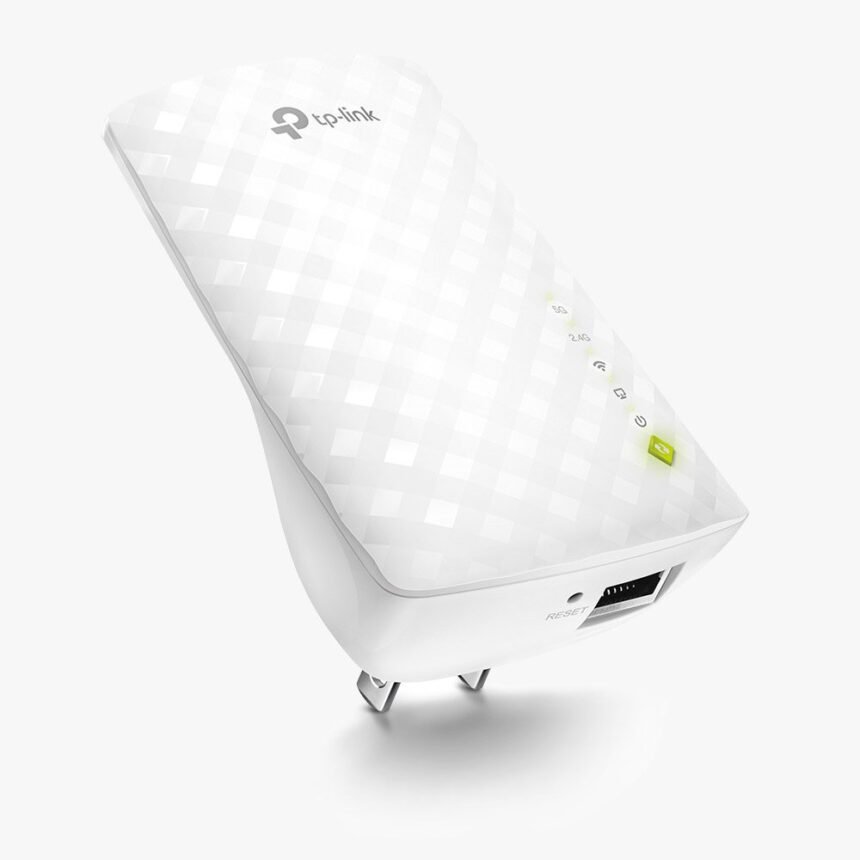Everybody needs a fast internet connection as many of our important tasks are accomplished online. The WiFi provides you the ability to access unlimited internet. But the major drawback of the WiFi router is that it has a limited reach and connectivity. People generally face slow internet issues when the number of users increases. The TP-Link WiFi extender acts as a booster for the internet connection and its speed. If you perform the TP-Link WiFi extender setup, you will get the following benefits:
- Higher connectivity range.
- Faster internet speed.
- You can connect more devices without affecting the speed of the internet.
To attain all these benefits, you need to perform TP-Link extender setup. Now, you may be wondering how to set up a TP-Link WiFi extender? No worry! Here in this article, we will provide you step-by-step guidelines to perform TP-Link extender setup using tplinkrepeater.net. you can also use the TP-Link app to configure your extender.
Steps to Perform TP-Link Extender Setup Using Tplinkrepeater.net?
Using tplinkrepeater.net to set up your extender is called the manual method of TP-Link extender setup. It is also known as the TP-Link Installation Assistant method. Follow these steps to perform the TP-Link extender setup using tplinkrepeater.net:
1. Unbox the extender
Start with unboxing your brand new TP-Link WiFi extender. Take the user manual, Ethernet cable, antennas, and other accessories out of the box. Be careful while unboxing to avoid any damage to the accessories of your extender.
2. Set up Hardware
- Now, take the power adapter and connect the TP-Link extender to it.
- Plug the power adapter into a working wall socket and switch on the Power button.
- Wait until the Power LED on your TP-Link extender glow green.
- Now, establish a connection between your TP-Link extender and router.
-
Turn on Your PC
- After connecting your extender and router, turn on your Laptop or PC.
- Open a web browser of your choice and go to the address bar.
Note: Update your web browser if it has any pending updates to avoid any inconvenience in performing the TP-Link extender setup.
- Type www.tplinkrepeater.net in the address bar.
- Press Enter.
- The TP-Link tplinkrepeater.net screen will be displayed.
- Provide the default credentials of the TP-Link extender in the required fields.
- Click on the Log In button.
-
TP-Link Genie Setup Wizard
- Once you click the Login In button you will get redirected to the TP-Link setup wizard.
- The TP-Link setup wizard will consist of a few instructions.
- Follow the instructions to complete the TP-Link extender setup.
While performing the TP-Link extender setup using tplinkrepeater.net, you may be unable to perform the TP-Link extender login and come across setup issues due to the following reasons:
- Hardware configuration issue.
- You might have entered the incorrect web address of the extender.
- Poor internet connection.
- You might have an outdated version of your browser.
- The wall plug used to turn on the TP-Link extender might be damaged.
- Incorrect login credentials.
To troubleshoot the issues discussed above, follow these points:
- Always make the correct cable connections. There should be no cuts on the Ethernet cable as it may affect the extender’s performance.
- Always enter the default web address of your TP-Link extender in the address bar of your web browser.
- Never use an outdated version of your web browser. Make sure to clear the history, junk files, cache, and cookies from your browser to make the setup process hassle-free.
- Always perform the TP-Link extender setup after the stability of the LED light on your extender.
- Plug the power adapter of your extender into a working wall socket only.
- Always fill in the default login credentials of your TP-Link extender.
- Reboot your extender if you face the same issue repeatedly.
Conclusion
With the above-discussed guidelines, you can easily perform TP-Link extender setup and also troubleshoot the issues you come across while performing setup. If you find this article helpful, leave a word of appreciation in the comment section.
